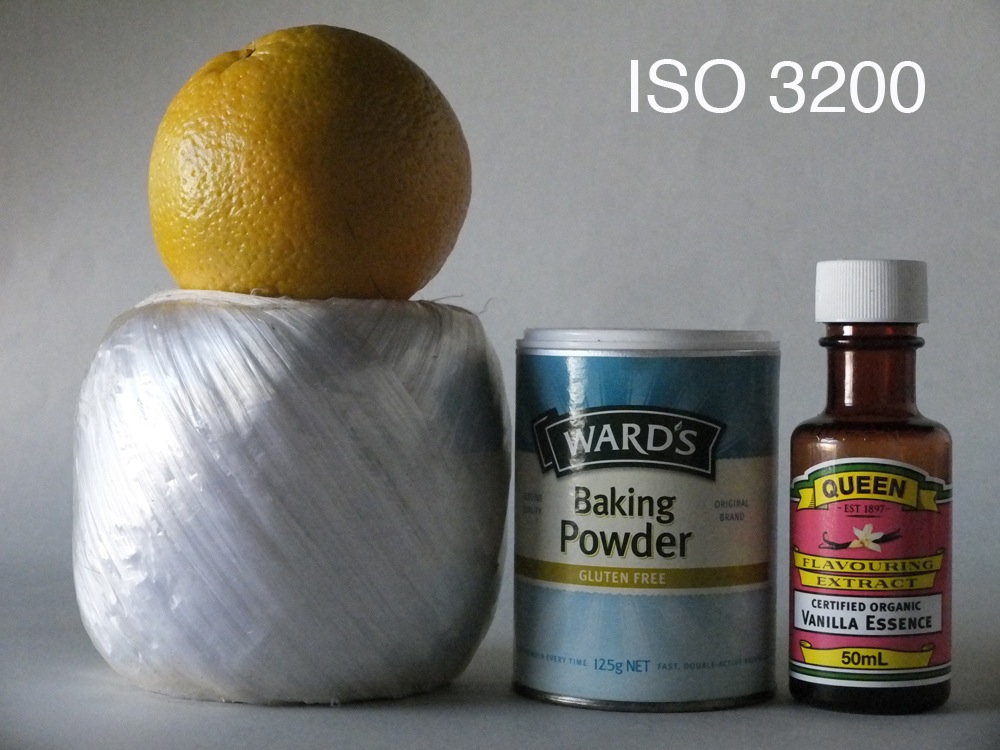1. Aperture is related to the pupils of our eyes.
2. The smaller the aperture the more light let in, the higher the aperture the less amount of light let in.
3. Depth of field is the amount of the photo that appears sharp. When you have a large f-number, more of the background and foreground is in focus and when you have a small f-number, more of the background and foreground is blurry.
 |
| F2.8 |
 |
| F16 |
 |
| Low Shutter Speed |
 |
| High Shutter Speed |
a) medium shutter speed
b) medium shutter speed
c) high shutter speed
d) high shutter speed
e) high shutter speed
f) high shutter speed
a) low shutter speed
b) low shutter speed
c) high shutter speed
d) medium shutter speed
e) medium shutter speed
f) medium shutter speed
The three settings the camera has regarding setting shutter speed:
1. Auto - the shutter speed and aperture are automatically selected by the camera.
2. Aperture Priority - you set the lens aperture, and the camera automatically sets the shutter speed.
3. Shutter Priority - you set the shutter speed, and the camera automatically sets the aperture.
ISO
 |
| ISO 200 |
 |
| ISO 3200 |
1. An advantage of shooting at a higher ISO is that it allows you to capture photos with having blur.
2. The author suggests using a low ISO when there is a lot of light available. It also allows for a higher quality photo.
3. The author suggests using a high ISO when there is not a lot of light available. Using a higher ISO also helps to not have blur.
DSLR CAMERA SIMULATION
Aperture settings: f/2.8 - f/22
Shutter speed settings: 1 second - 1/4000 of a second
ISO settings: 100 - 25600
No comments:
Post a Comment